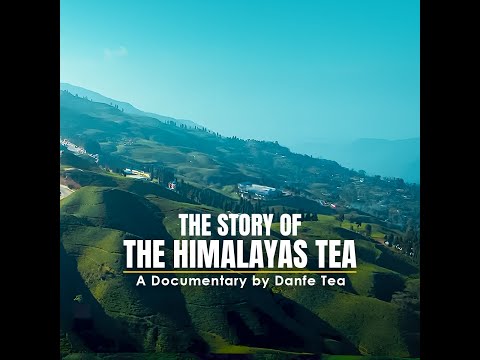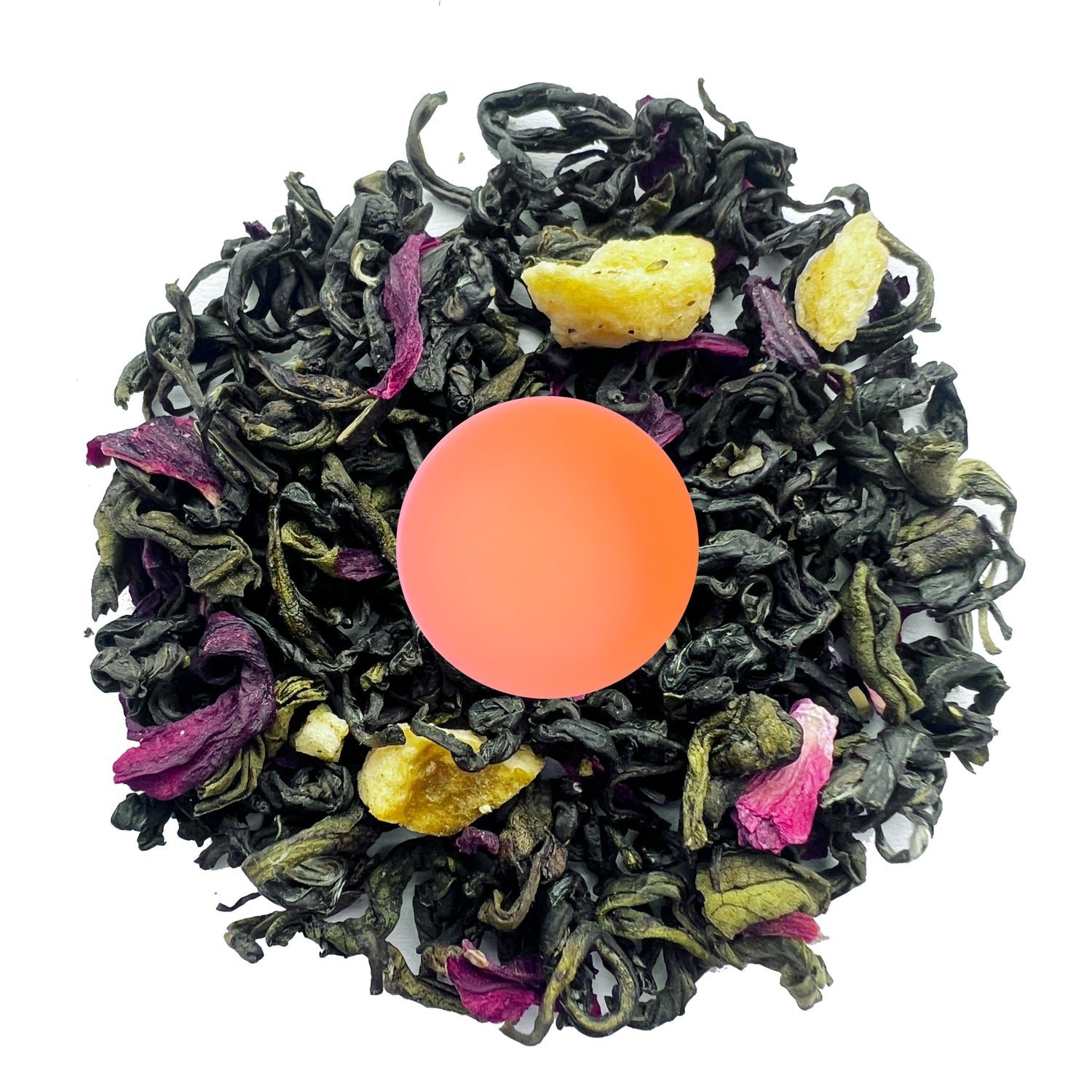111° Mt. Pumori Special Green Tea – USDA Certified Organic
111° Mt. Pumori Special Green Tea – USDA Certified Organic
Couldn't load pickup availability
Tea Name: 111° Mt. Pumori Special Green Tea – USDA Certified Organic
Style: 1 leaf and a bud
Type: Organic Green Tea
Standard: Gold
Sourcing Region: Ilam, Nepal
Elevation: ~6,500 ft
Suggested Infusions: 3 - 4
Certifications: USDA Organic
Harvest: First Flush (Spring)
Texture: Silky & Velvety
Aroma Profile: Fresh greens, young corn, and morning dew
Taste Profile: Smooth, buttery, and slightly floral with low astringency and a clean mineral finish
Body: Light to medium
Finish: Sweet and refreshing with lingering clarity
A Rare First-Flush Treasure from 6,500 ft in the Himalayas
Hand-plucked from the tender first flush of early spring, Mt. Pumori Special Green Tea captures the pristine essence of the Himalayas. Grown at an elevation of nearly 6,500 feet, where cool mountain mists and diffused sunlight nurture each bud, this USDA Certified Organic tea is a masterpiece of delicacy and depth. Every cup of Mt. Pumori Special Green Tea tells the story of its origin, of mist-laden ridges, organic mountain soil, and artisans who handcraft tea as a legacy. Whether you are seeking tranquility or clarity, this green tea invites you to slow down, breathe deeply, and taste the Himalayas themselves.
Best Quality Loose Leaf Teas
The leaves unfurl like soft silk ribbons, velvety to the touch and laced with a natural sheen. When steeped, they release a gentle vegetal fragrance intertwined with sweet floral undertones reminiscent of young corn, wild orchids, and a whisper of honeydew.
Taste Experience
The first sip introduces a smooth, buttery mouthfeel that glides effortlessly across the palate. Hints of spring greens and tender bean sprouts give way to a subtle floral sweetness and a clean mineral finish. Its low astringency and near-absence of bitterness make it an exceptionally balanced green tea, comforting to beginners yet complex enough to intrigue seasoned tea drinkers.
Why It’s Special
What sets this tea apart is its first-flush craftsmanship. Plucked only during the earliest growth, when the Himalayan air is still crisp, the leaves retain their natural amino acids and soft enzymes, resulting in a tea that is as gentle as mountain mist. The meticulous pan-drying technique used by our Ilam artisans locks in its velvety texture and nuanced sweetness.
Easy to Brew
To preserve its elegant character, steep 1 tsp of tea in 8–10 oz of water at 165 °F for 3 minutes. The liquor should reveal a soft golden hue with green reflections—light yet full-bodied. For a more invigorating cup, slightly increase the leaf quantity and enjoy multiple infusions, each revealing a new layer of vegetal richness and creamy depth.
The taste profiles of loose-leaf teas can vary widely depending on the steep duration, tea-to-water ratio, and water temperature. We encourage you to try different combinations for brewing tea to find the perfect tea, that speaks to your taste buds.
Save 10% with a Tea Subscription
With our tea subscription, you can enjoy a hassle-free monthly delivery of your favorite teas and save money! Cancel anytime!












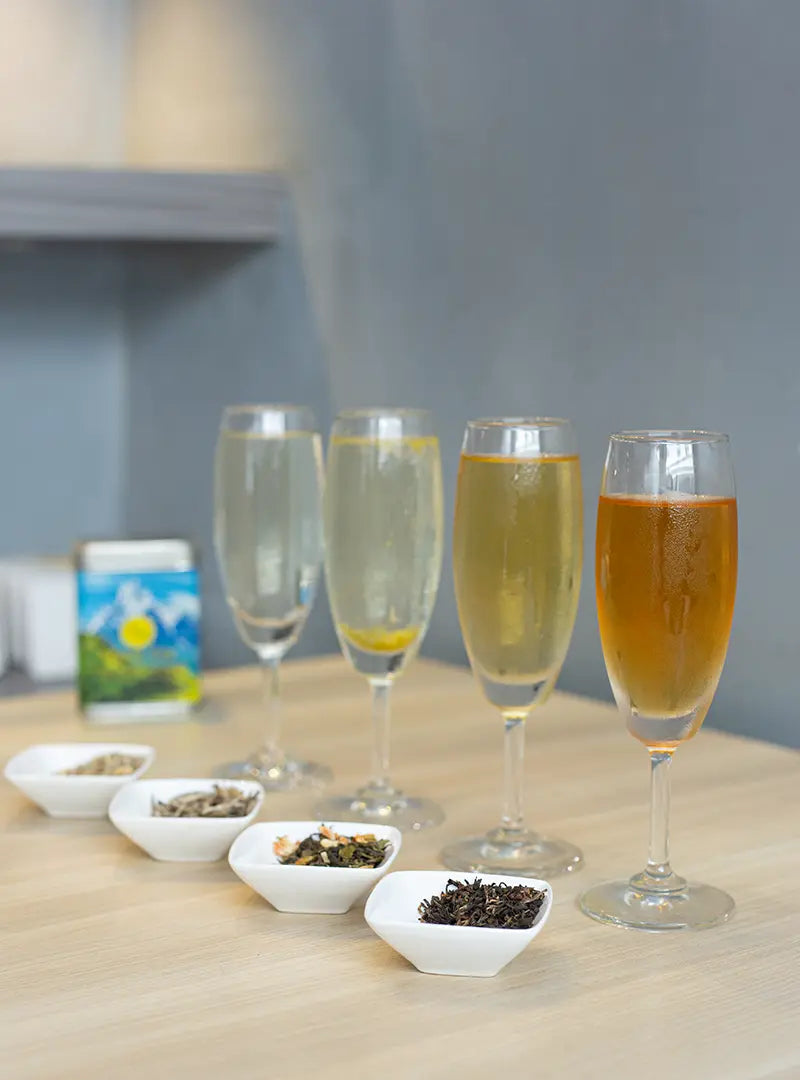
Iced teas
Can you make sweet/ unsweet iced teas from loose-leaf teas?
Of course, you can! High-quality loose-leaf teas make the most refreshing iced teas—smooth, crisp, and oh-so-quenching!
While some might call it blasphemous to add sweetener/sugar to high-quality loose-leaf teas, here in Texas, where sweet iced tea is a beloved tradition, we have been using our loose-leaf to uplift the iced tea experience.
We have tried and perfected the art of turning your favorite loose-leaf tea into a delicious iced delight.
It's time to try it for yourself. Here's how we do it:
Pro tip: Feel free to experiment with water amounts, temperature, steeping time, tea quantity, and sweetener quantity to find your perfect balance.

The Tea Mystic Says
These Deep Green beautifully twisted leaves with a camouflage of small bright green spots might remind one of sweet buttered corn when smelled dry. When Steeped perfectly, the liquor might look subtly golden green producing a thick and brothy texture when tasted along with a subtle sweet undertone. Finishes Slightly dry with a lingering sweetness and a body sensation that leaves you Energized with a clear mind.
Methods to Brew Tea
We believe that your tea experience should be completely personal. Individual taste buds are unique and there is no right or wrong way to brew tea. Therefore we encourage tea lovers to not necessarily bind to traditional methods but let their experience, and discovery guide them. After all, that is where the joy of drinking tea lies. You should try different amounts of tea, steeping time, and water temperature to find the perfect taste you’ll fall in love with.
-
Mild-Smooth
- Get 10 oz of filtered water and bring it to boil.
- Remove the water from boiling and let it sit for 2 min so it cools down to about 165 F.
- Add about 1 teaspoon of leaves into a clear glass or in your Steeping cup.
- Pour the hot water into your clear glass or steeping cup with tea.
- Let it steep for 3 minutes. The color is light golden with a subtle greenish hue.
- Strain and enjoy every sip of it.
- Repeat for a second infusion.
-
Energy-High
- Get 10 oz filtered water and bring it to boil.
Remove the water from boiling and let it sit for 2min so it cools down to about 165 F. - Add about 1.5 or 2 teaspoon of leaves into a clear glass or in your Steeping cup.
- Pour the hot water into your clear glass or steeping cup containing tea buds.
- Let it steep for 3 minutes.
- The color is bright golden. Strain and enjoy every sip of it.
- Repeat for multiple infusions, add 1 min to steep each time.
- Get 10 oz filtered water and bring it to boil.
FAQs
Is organic tea caffeine-free?
No. All true teas — including organic — come from the Camellia sinensis plant, which naturally contains caffeine. However, organically grown teas like Mt. Pumori Special Green Tea typically contain 25–35 mg of caffeine per 8 oz cup, about one-third that of coffee. It delivers a clean, sustained lift without jitters or crash.
Does organic green tea have caffeine?
Yes, but in a very balanced form. Our high-elevation Nepali green teas grow slowly under mist-filtered sunlight at 6,500 ft, which results in higher L-theanine content — the amino acid that smooths caffeine’s edge. This unique ratio of L-theanine : caffeine (≈ 2 : 1) creates calm alertness rather than stimulation.
Where can I buy high-quality organic loose-leaf tea?
You can purchase USDA-certified organic teas directly from Danfe Tea, where every batch is micro-lot harvested and small-batch crafted. Our Mt. Pumori Special Green Tea undergoes less than 5 % oxidation and is hand-fired by artisans trained in Ilam’s century-old tradition.
Is green tea good for weight management?
Multiple studies suggest that the catechin EGCG (Epigallocatechin Gallate) found in green tea can modestly boost metabolism and fat oxidation. One cup of Mt. Pumori Special Green Tea contains roughly 60–80 mg of catechins, supporting energy balance when paired with an active lifestyle.
Can green tea help with acid reflux?
While green tea is gentler than coffee, its natural tannins may increase stomach acidity in some people. Because our Mt. Pumori leaves are low-tannin (under 8 %) due to cool-climate growth and gentle pan-firing, they are easier on the stomach than most conventional green teas.
Is green tea helpful for a sore throat?
Yes. The polyphenols in green tea have anti-inflammatory and mild antibacterial properties. A warm cup (around 160 °F / 70 °C) can soothe irritation and provide hydration. Many Himalayan locals traditionally sip first-flush green teas during winter as a natural throat soother.
What makes a good green tea?
Balance, mouthfeel, and terroir. Exceptional green teas are grown above 5,000 ft where slower leaf growth concentrates amino acids and volatile flavor compounds. Our 111° Mt. Pumori Special Green Tea, grown at 6,500 ft, contains up to 30 % more chlorophyll and 40 % more antioxidants than low-elevation teas — resulting in a luminous liquor and buttery sweetness.
Is green tea suitable for diabetics?
According to NIH-supported studies, regular green-tea drinkers show improved insulin sensitivity. Each cup of Mt. Pumori Special Green Tea provides natural polyphenols that may assist in glucose metabolism. As always, diabetics should consult their healthcare provider before making dietary changes.
Is jasmine tea the same as green tea?
Not exactly. Jasmine tea is usually green tea scented with jasmine blossoms. Our Mt. Pumori Special Green Tea is a pure, unscented single-estate tea — prized for its natural floral aroma developed through slow withering, not added scenting.
What is Gunpowder Green Tea?
Gunpowder green tea is Chinese-style tea rolled into small pellets for storage. By contrast, Nepali teas like Mt. Pumori retain their long, twisted leaf shape, which preserves aromatic oils and allows for multiple infusions (3–4 cups) with evolving flavor.
What is the best green tea to drink?
If you enjoy smooth, creamy, low-astringency teas with mountain clarity, Mt. Pumori Special Green Tea is among the finest. It was harvested from the first flush of spring, when only the top two leaves and a bud are plucked — representing less than 5 % of the plant’s yearly yield.
Can I drink green tea while fasting?
Yes. With fewer than 3 calories per cup, green tea does not break a fast. The L-theanine and gentle caffeine help maintain focus and mental clarity during intermittent fasting periods.
Which is better for you — black or green tea?
Both have unique benefits. Green tea retains more antioxidants (EGCG and vitamin C), while black tea offers more theaflavins that aid heart health. A comparative study found green tea has twice the antioxidant capacity of black tea per gram.
Is green tea a laxative?
Green tea has a mild, natural digestive-support effect due to caffeine and polyphenols that promote gut motility. Our Mt. Pumori Special Green Tea is smooth enough for daily drinking without irritation.
Is green tea decaffeinated?
Naturally, no — but decaf versions exist. We keep our tea unaltered to preserve its full flavor and health properties. Thanks to its gentle composition, it delivers steady energy without overstimulation.
Can green tea help with a cold?
Yes. Green tea’s antioxidants may support immune response. Each cup provides 20–30 mg of vitamin C-equivalent antioxidant power. Warm infusions also ease congestion and promote hydration.
When is the best time to drink green tea?
Morning or early afternoon. The combination of caffeine and L-theanine promotes focus for 4–6 hours. Avoid drinking it right before bed, as even low caffeine can delay deep sleep.
Is oolong tea a type of green tea?
Oolong lies between green and black tea — partially oxidized at 10–70 %. Green tea, like Mt. Pumori Special, remains unoxidized (< 5 %), giving it a fresher, grassier profile and higher antioxidant retention.
Discover More Types of Teas
-
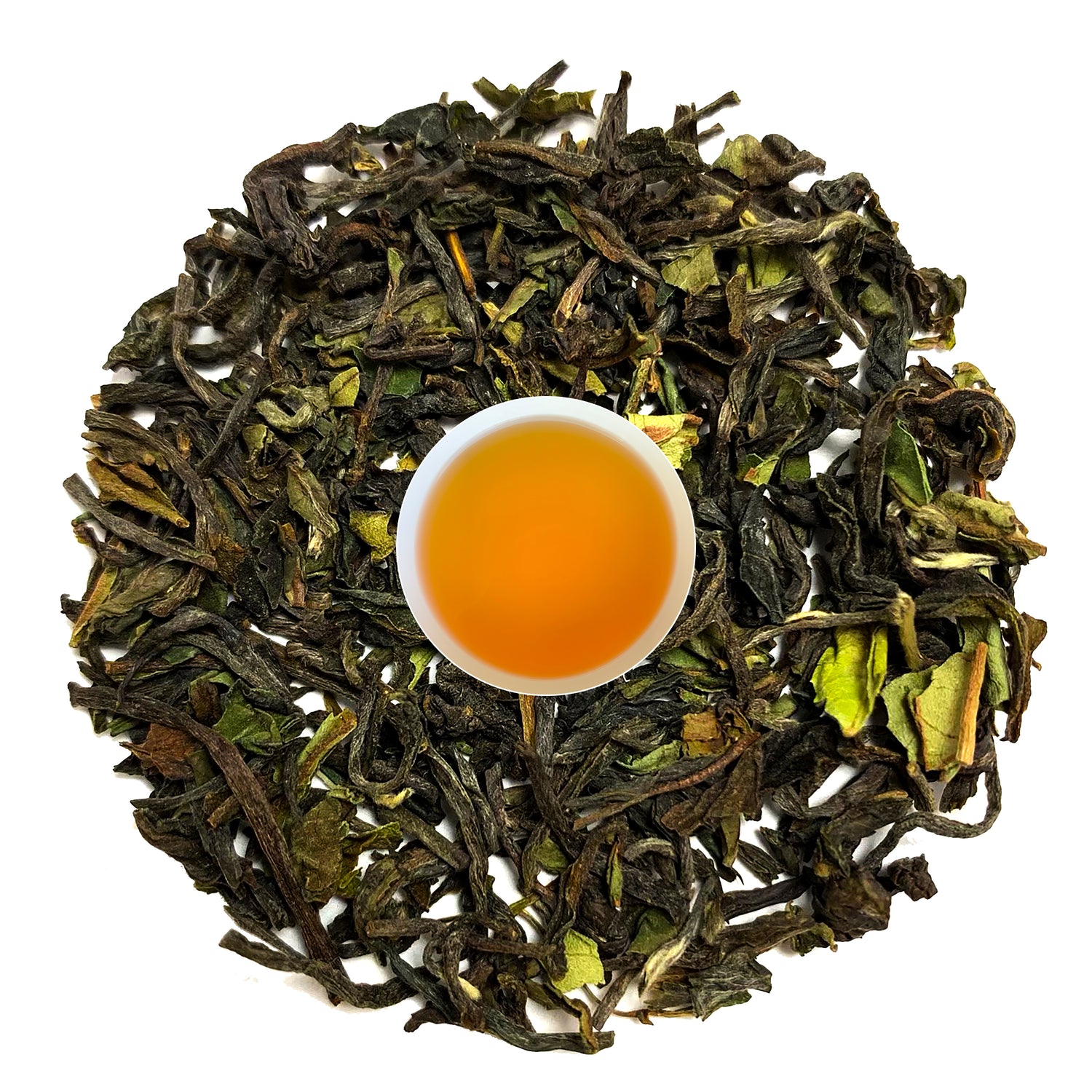
Best Black Teas from the Himalayas
Discover the list of best black teas from the Himalayas.
-

Asian Herbal Tea and Blends
Asian herbal teas and blends are one of the most sought-after teas...
-
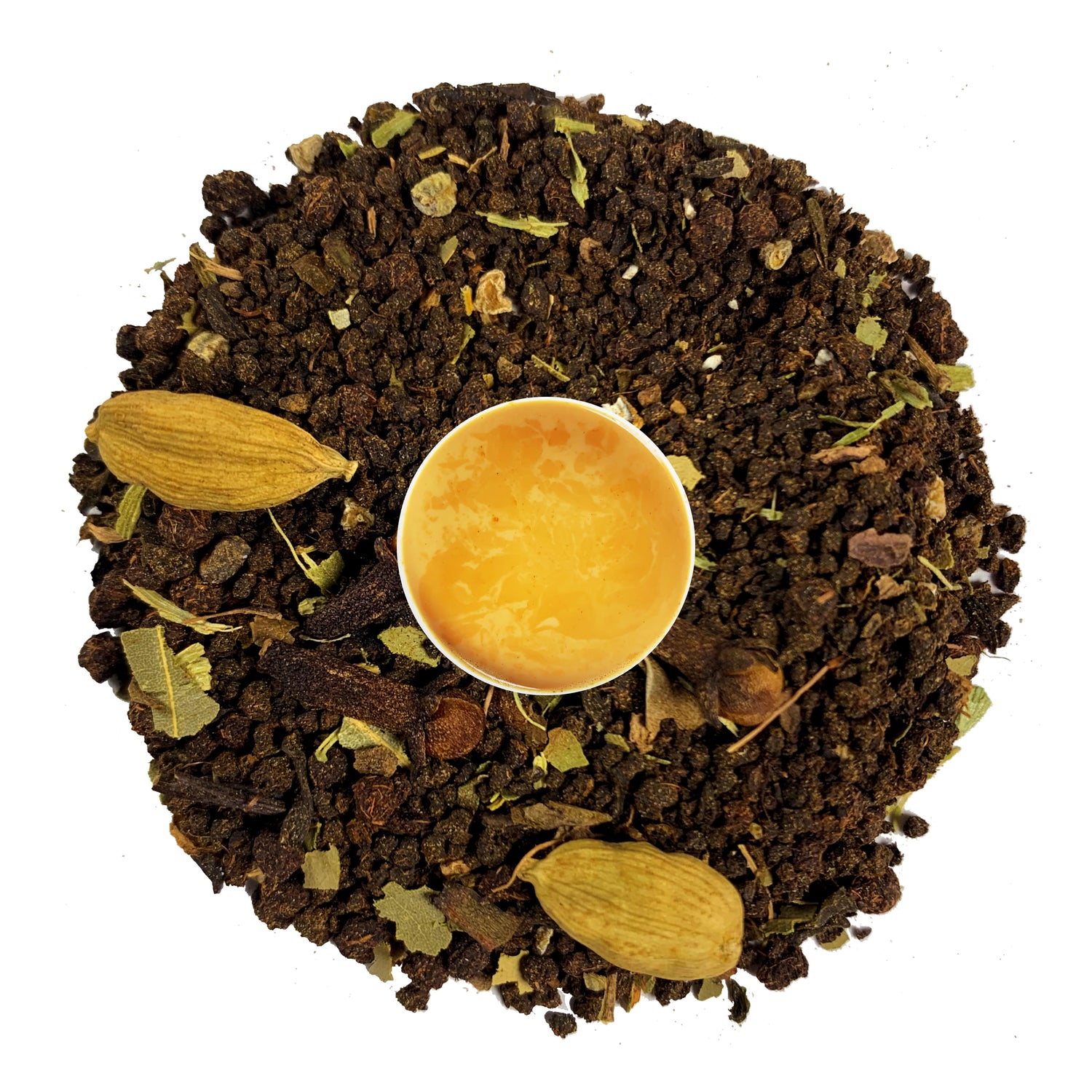
Detox Teas - Nepal Tea Blends & Tisanes
Feel the warmth and charm of the Himalayas with our handpicked collection...













